Chianti Classico Castello di Fonterutoli
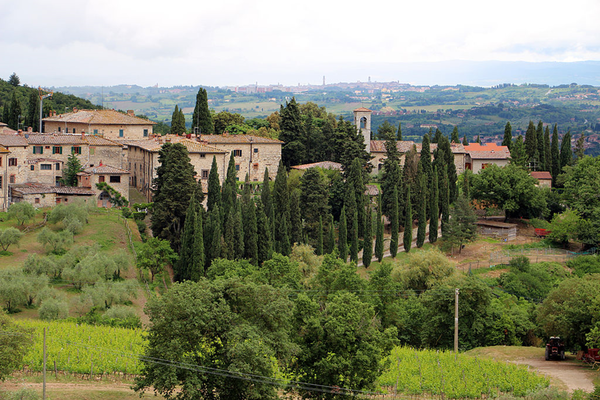
[아츠앤컬쳐] 이탈리아 중부 토스카나 지역에는 유명한 레드와인 끼안티와 같은 이름의 세계적 와인 지역이 있다. 피렌체와 시에나에 둘러싸인 끼안티는 그레베강과 페사강 사이로, 밤나무, 참나무, 소나무, 편백나무가 있는 300㎢의 빼어나게 아름다운 산과 언덕에 걸쳐 있다. 가파르지만 조화 있는 언덕에서 대부분 유명 와인이 나오는 포도나무와 맛있고 담백한 올리브유가 나오는 올리브나무를 재배한다.
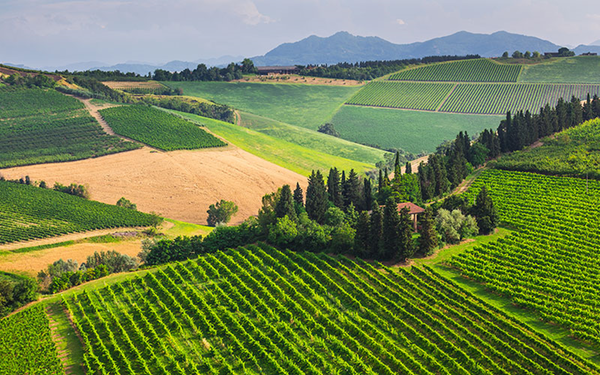
이에, 이탈리아의 언론인이자 작가인 오리아나 팔라치(피렌체, 1929~2006)가 열정적으로 사랑한 끼안티 시골에 대해 기록을 남긴 바 있다. 다양하고 우수한 끼안티 와인 중에 마쩨이 가문은 수세기 동안 생산을 이어와, 마쩨이 가문과 토스카나, 와인을 결속시켜 준다.
와인 재배자에 대한 가장 오래된 자료는 11세기까지 거슬러 올라가는데, 1398년에 라포 마쩨이(1350~1412)가 ‘끼안티 와인’을 다룬 최초의 문서를 남겨 주목을 끈다. 문서에는 “1398년 12월 16일 끼안티에서 피에로 디 티노 리치오에게 와인 6배럴에 플로린 3개, 페니 26개, 디나르 8개이며 라포 마쩨이의 신용장으로 지불한다.”고 적혀 있다.
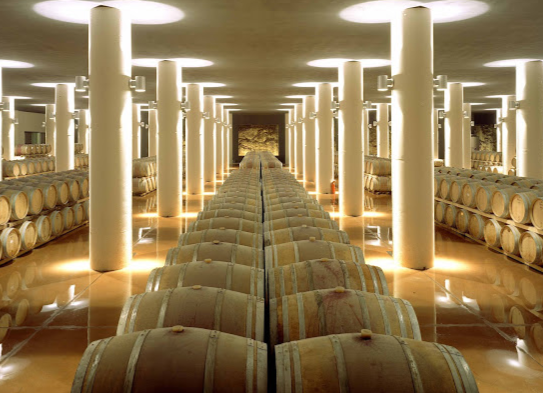
1435년 그의 손녀 스메랄다 마쩨이는 피에로 다 폰테루톨리와 결혼하여 재산을 상속받고 이후 지금까지 24대에 걸쳐 마쩨이 가문의 끼안티 와인을 계속 생산해오고 있다. 또한, 필립 마쩨이(1730~1816)도 중요한 인물이다. 의사이자 와인메이커인 필립 마쩨이는 1755년 토스카나에서 런던으로 이주하여 수입업자로 일했다. 런던에서 그가 만난 토마스 제퍼슨은 이탈리아어를 잘 하는 미국 정치가로서 신세계로 토스카나와인과 올리브나무를 사들이겠다고 제안했다.
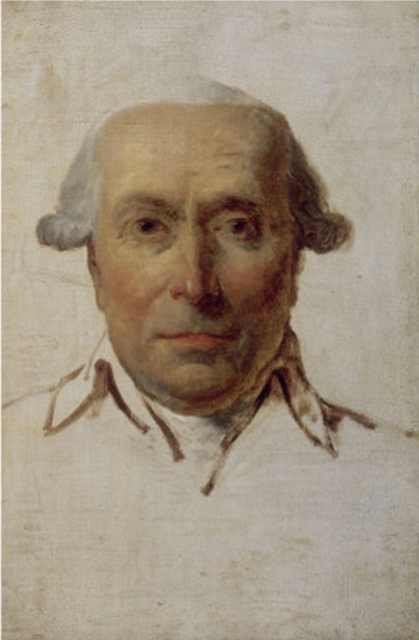
1773년 필립 마쩨이는 버지니아로 가는 배에 나무와 씨앗을 싣고 몇몇 토스카나 농부들을 데리고 올랐다. 버지니아주 몬티첼로에 있는 제퍼슨의 저택에서 두 사람은 좋은 친구가 되었고 제퍼슨과 마쩨이는 버지니아에 최초의 상업용 포도밭을 시작했다. 또한, 정치와 자유주의적 가치에 관해 의견을 나누며 수년간 서신 왕래를 했다. 필립 마쩨이의 정치 저술은 토마스 제퍼슨에게 “모든 사람들은 태어날 때부터 평등하며 자유롭고 독립적이다”라는 생각을 심어주고, 1776년 미국 독립선언문에 포함되며 훗날 대통령(1801년~1809년)이 되었다.

오늘날에도 변함없이 필리포와 아녜제, 프란체스코 마쩨이는 시에나 인근의 시간이 멈춘 중세 마을 폰테루톨리의 사유지에서 키안티 클라시코의 전통을 유지한다. 끼안티 클라시코 카스텔로 디 폰테루톨리는 거의 전적으로 산지오베제 포도로 만들어지며 석류석 같이 눈부신 루비 컬러와 강렬한 아로마가 돋보인다. 건조하고 풍미가 좋은 그 맛은 시간이 지날수록 부드럽고 또 부드러워진다.

이 와인은 리볼리타, 야채 수프, 미트 소스를 곁들인 파스타, 사냥한 고기, 피오렌티나 스테이크, 맵게 구운 고기, 검은 송로버섯과 같은 전통적인 토스카나 요리와 짝을 이룬다. 완벽한 조화는 살라미, 프로슈토(이탈리아 햄) 그리고 숙성된 치즈와 함께 한다. 끼안티 클라시코 카스텔로 디 폰테루톨리는 마시기 최소 1시간 전에 개봉해 16~18℃로 레드와인 잔에 따라 마셔야 한다.
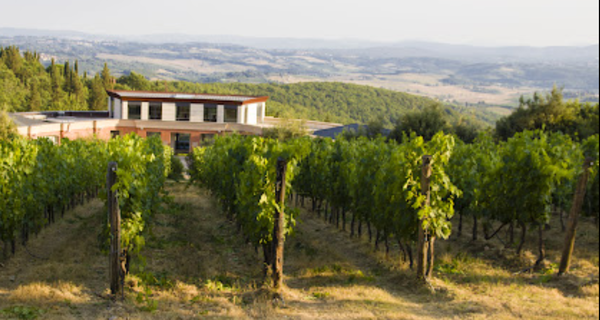
Chianti Classico Castello di Fonterutoli
In central Italy, in the Toscana region, there is a wine area known worldwide for its famous red wine of the same name: Chianti. Surrounded by Firenze and Siena, “Chianti stretches between Greve and Pesa rivers, about three hundred square kilometers of mountains and hills of rare beauty with chestnut, oak, pine and cypress trees. The hills are steep but harmonious, mostly cultivated with vines that give a very renowned wine and with olive groves that give a tasty and light olive oil…”
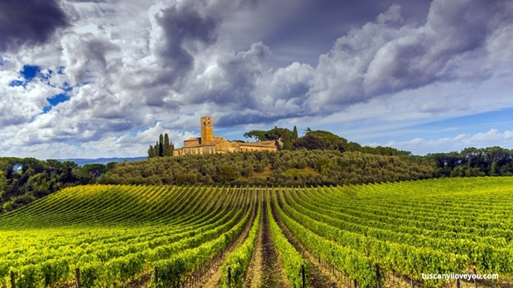
Thus, Oriana Fallaci, Italian journalist and writer (Firenze 1929~2006) wrote about Chianti countryside that she passionately loved. Among the various excellent Chianti wines, we find the one produced for centuries by the Mazzei family. A long lasting bound unites the Mazzei family with Toscana and wine. The oldest news about them as winegrowers date back to the XI century, but it is after some time that one of them, Lapo Mazzei (1350~1412), deserves our attention. He was the author of the first known document, dated 1398, dealing with “Chianti wine”.
It reads in it that “payable on December 16, 1398, three florins, twenty-six pennies and eight dinars to Piero di Tino Riccio for six barrels of wine from Chianti…The wine is paid by credit letter of Lapo Mazzei”.
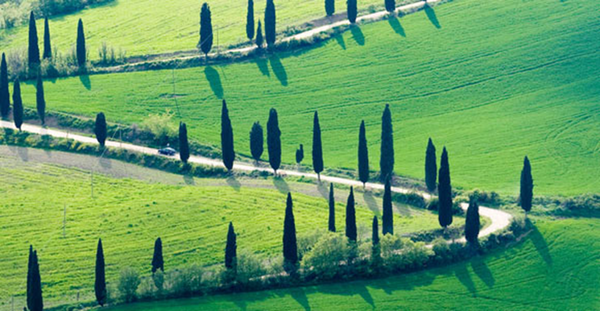
In 1435 his granddaughter, Smeralda Mazzei, married Piero da Fonterutoli, and so her family inherited Fonterutoli estate. Since then for 24 generations until today, the Mazzei family has continued to produce Chianti wine. Later in time, Philip Mazzei (1730~1816) was another important figure. Physician and winemaker, in 1755 Philip Mazzei moved from Toscana to London, to work as an importer. There, in London, he met Thomas Jefferson. The American statesman, who knew Italian, proposed to Mazzei to import Tuscan wine and olive trees in the New World.
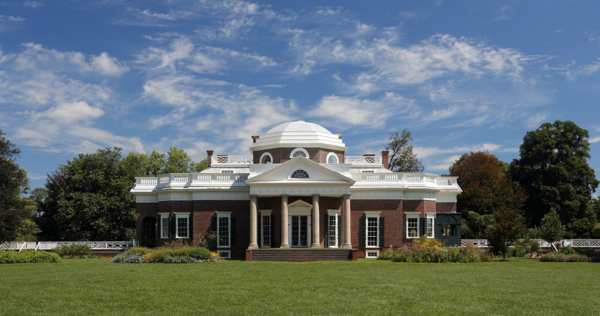
In 1773, then, Philip Mazzei boarded a ship from Toscana to Virginia, bringing plants, seeds and some Tuscan farmers with him. While visiting Thomas Jefferson’s estate in Monticello, Virginia, the two became good friends and Jefferson gave Mazzei a large plot of land to be cultivated with vines. Philip Mazzei and Thomas Jefferson started what became the first commercial vineyard in Virginia. They shared an interest in politics and liberal values and maintained a correspondence for many years.

Philip Mazzei’s political writings inspired Thomas Jefferson with the idea that “all people are by nature equally free and independent”, and these same Mazzei’s statements were later taken up and included by the American statesman, president of United States from 1801 to 1809, in the 1776 US Declaration of Independence.
Today, as in the past, Filippo, Agnese and Francesco Mazzei keep the tradition of Chianti Classico alive in their estate in Fonterutoli, a medieval village nearby Siena, where time has stopped.

Chianti Classico Castello di Fonterutoli is made almost entirely with Sangiovese grapes. It has a brilliant ruby color tending to garnet and an intense aroma. The taste is dry, savory, and over time it becomes soft and velvety. This wine pairs with traditional Tuscan cuisine, such as ribollita, a vegetable soup, pasta with meat sauces, game, Florentine steak, spicy roast meat, black truffle.
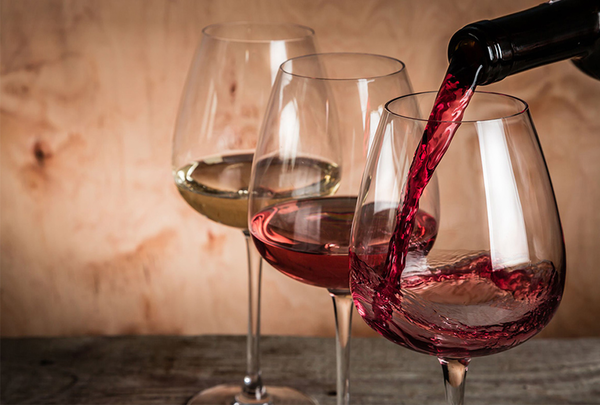
A perfect match, moreover, is with salami, prosciutto (Italian ham) and aged cheeses. Chianti Classico Castello di Fonterutoli should be opened at least one hour before drinking it and served in red wine glasses at 16~18 degrees Celsius.
글 | 에밀리아노 펜니지 Emiliano Pennisi
Sogang University lecturer of Italian language, Wine scholar and expert, He attended sommellier courses in Italy

